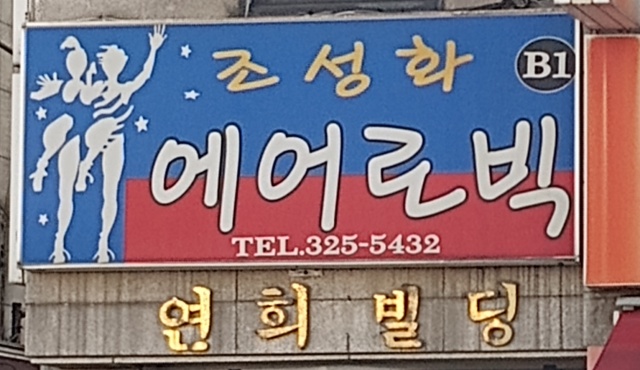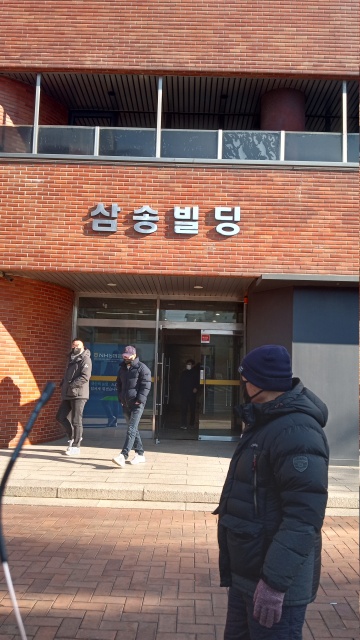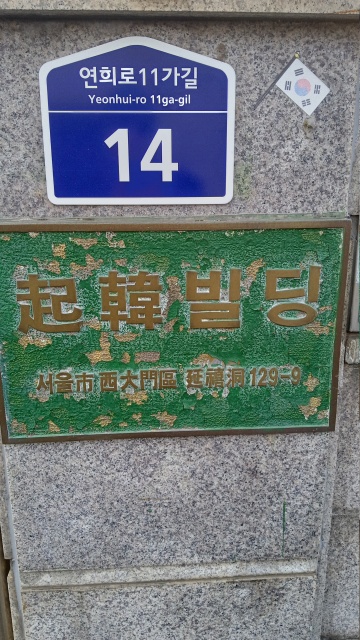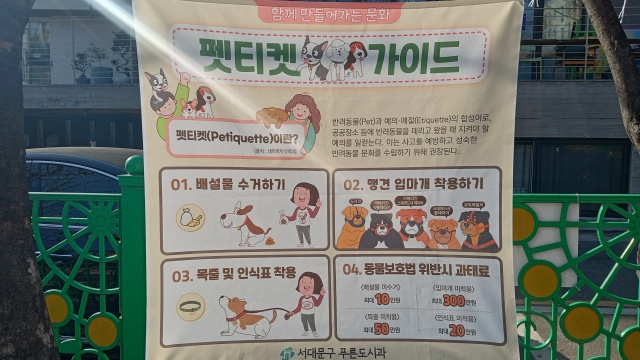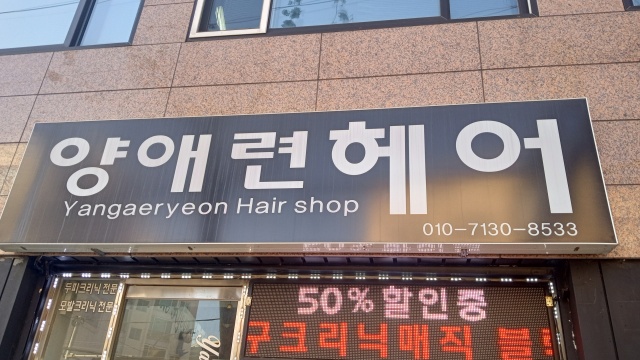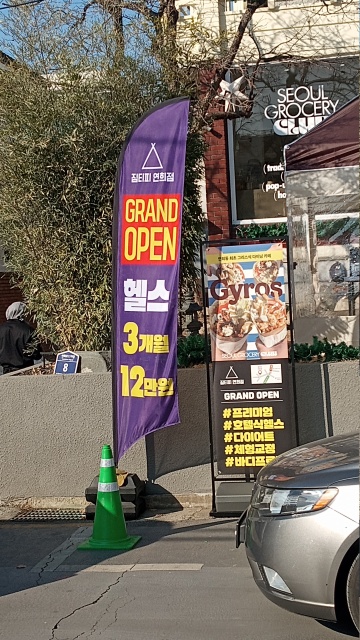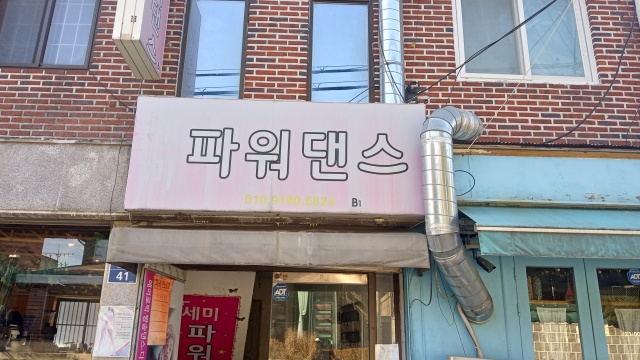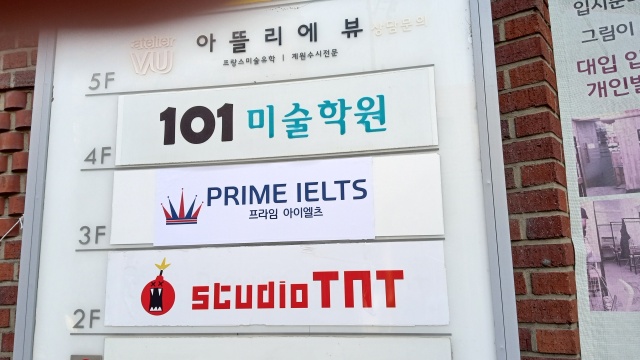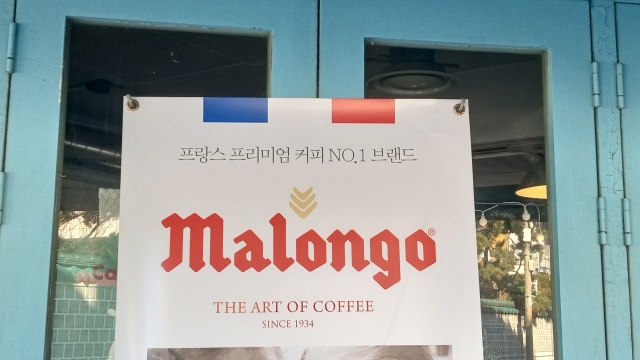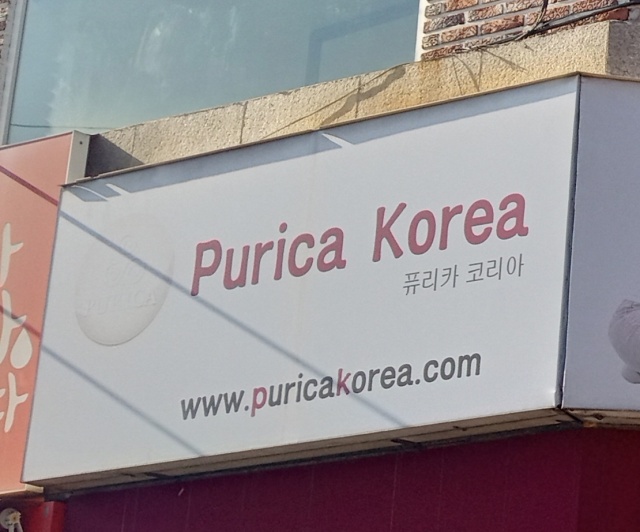Mark Dominus (陶敏修)
mjd@pobox.com

Archive:
| 2025: | JFMAMJ |
| JAS | |
| 2024: | JFMAMJ |
| JASOND | |
| 2023: | JFMAMJ |
| JASOND | |
| 2022: | JFMAMJ |
| JASOND | |
| 2021: | JFMAMJ |
| JASOND | |
| 2020: | JFMAMJ |
| JASOND | |
| 2019: | JFMAMJ |
| JASOND | |
| 2018: | JFMAMJ |
| JASOND | |
| 2017: | JFMAMJ |
| JASOND | |
| 2016: | JFMAMJ |
| JASOND | |
| 2015: | JFMAMJ |
| JASOND | |
| 2014: | JFMAMJ |
| JASOND | |
| 2013: | JFMAMJ |
| JASOND | |
| 2012: | JFMAMJ |
| JASOND | |
| 2011: | JFMAMJ |
| JASOND | |
| 2010: | JFMAMJ |
| JASOND | |
| 2009: | JFMAMJ |
| JASOND | |
| 2008: | JFMAMJ |
| JASOND | |
| 2007: | JFMAMJ |
| JASOND | |
| 2006: | JFMAMJ |
| JASOND | |
| 2005: | OND |
Subtopics:
| Mathematics | 245 |
| Programming | 99 |
| Language | 95 |
| Miscellaneous | 75 |
| Book | 50 |
| Tech | 49 |
| Etymology | 35 |
| Haskell | 33 |
| Oops | 30 |
| Unix | 27 |
| Cosmic Call | 25 |
| Math SE | 25 |
| Law | 22 |
| Physics | 21 |
| Perl | 17 |
| Biology | 16 |
| Brain | 15 |
| Calendar | 15 |
| Food | 15 |
Comments disabled
Tue, 14 Feb 2023
(Before I start, a note about the romanization of Korean words, which is simple and systematic but can be misleading in appearance.
The Korean vowel ㅓ is conventionally romanized as ‘eo’. This is so misleading that I have chosen instead to render it as ‘ŏ’ as was common in the 20th century. ㅓ is pronounced partway between "uh" and "aw".
‘ae’ (ㅐ) is similar to the vowel in ‘air’
‘eu’ (ㅡ) does not sound like anything in English. The closest one can come is the vowel in ‘foot’, but ㅡ is farther back in the throat. Or say “boot” but without rounding your lips. It serves something of the default role of the English schwa vowel, and is often very reduced.
Are you seated comfortably? Then let's begin.)
A great deal of Korean vocabulary has been borrowed from English. For example here's a sign advertising aerobics.
It says “에어로빅” (e-ŏ-ro-bik). This is not surprising. You wouldn't expect there to have been an ancient traditional Korean word for aerobics.
But something that struck me when I was in Korea last year was how often signs would use borrowed English words even when there was already a perfectly good word already in Korean. Here's a very typical example:
This is the Samsong Building. There is a Korean word for ‘building” (Wiktionary says “건물” (gŏn-mul)) but that word isn't used here. Instead, the sign says “삼송빌딩”, pronounced ‘sam-song bil-ding’.
This use of “빌딩” (bil-ding) is extremely common. You can see it under the aerobics sign (연희빌딩, yŏn-hui bil-ding), and here's another one:
The green metal plate has Chinese words 起韓 (something like “arise Korea”) and then “빌딩” (bil-ding). This is the Arise Korea Building.
Also common in this context is “타워” (ta-wŏ, ‘tower’). (Remember that ‘ŏ’ (ㅓ) is pronounced similar to the vowels in ‘bought’ or ‘butt’, so ‘ta-wŏ’ represents something more like ‘ta-wuh’.) Here's a bit I clipped out of a Google Street View that translates “Trade Tower” as “트레이드타워” (teu-re-i-deu ta-wŏ)
Apparently this giant building does not have a Korean name. I tried to think of an analogous American example, and all I could come up with was this little grocery store in Philadelphia's Chinatown:
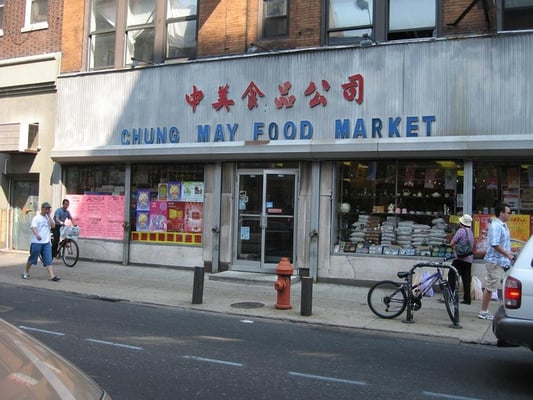
The Chinese name was 中美食品公司 (zhōng měi shípǐn gōngsī): “Chinese-American food company”, or maybe “Chin-Am food company” if you want to get cute. But the English name on the sign calls it the Chung May food market, transliterating 中美 rather than translating it.
[ Addendum 20230225: I found a much better example. ]
Okay, back to Korea. This banner from a small park is mainly in Korean, but its title is “펫티켓 가이드”: pet-ti-ket ga-i-deu, “pettiquette guide”:
(Item 2 is a list of dog breeds that must be muzzled. Item 4 is a list of the fines you will pay if you are insufficiently petiquettulous.)
I found this next one remarkable because, not only does it use the English word for “hair”, but it does so even though the pronunciation of “hair” is so alien to Korean phonology:
“헤어” (he-ŏ, “hair”). I think if I had been making this sign I might have rendered it as “핼” (haer) but what do I know? I suspect that “매직” in the red text farther down says “magic” but I don't recognize the four syllables before it. [ Addendum 20230517: “크리닉” /keu-ri-nik/ is probably “clinic”. ]
This purple sign for the Teepee Gym (짐티피, jim-ti-pi) advertises in big letters “헬스” (hel-seu, ‘health’). Korean doesn't have anything like English /-th/.
I'm lucky there was a helpful picture of a teepee on the sign or I would not have figured out “티피”.
The smaller sign, under the gyros, has a mixture of Korean and English. The first line says pu-ri-mi-ŏm, ‘premium’. The second says ho-tel-sik-hel-seu, which I think is ‘hotel식 health’, where ‘식’ is a suffix that means ‘-like’ or ‘-type’.
I can't make out the third line, even though it is evidently English. Hebrew words are recognizable as such in Latin script, just from their orthography: too many v's and z's, way too many consonant clusters like ‘tz’ and ‘zv’ that never happen in English. Recognizing English words in Hangeul is similarly easy: they have too many ㅌ's, ㅋ's, and ㅍ's, and too many ㅔ's. English is full of diphthongs like long A and I that Korean doesn't have and has to simulate with ㅐ이 and ㅏ이. Many borrowed words end in ㅡ because the English ended in a hard consonant, but in Korean that sounds weird so they add a vowel at the end.
That third line 다이어트 has all the signs, it's as clearly English as “shavuot” is Hebrew, but I can't quite make it out. It is pronounced ‘da-i-ŏ-teu’…
Oh, I get it now. It's ‘diet’!
Sometimes these things can be hard to figure out, and then they hit you in a flash and are obvious. Lorrie once told me about a sign that mystified her, “크로켓” (keu-ro-ket) and eventually she realized it was advertising croquettes.
I don't know what the fourth line is and I can't even tell if it's English or Korean. The 체 looks like it is going to be English but then it seems to change its mind. It is pronounced something like ‘che-hyŏng-gyu-jŏng’, so I guess probably Korean.
The last line is cut off in the picture but definitely starts with “바디” (ba-di, ‘body’) and probably some English word after that, judging by the next syllable ‘프’.
Let's see, what else do I have for you? I believe this is a dance or exercise studio named “Power Dance” (pa-wŏ-daen-seu).
I took this picture because the third floor is so mysterious:
What on earth is “PRIME IELTS"? A typo? No, apparently not; the Korean says peu-ra-im (‘prime’) a-i-el-jeu (wtf). It does at least reveal that the I in ‘IELTS’ is pronounced like in ‘Iowa’, not like in ‘Inez’.
Aha, the Goog tells me it is an acronym for “International English Language Testing System”. (Pause while I tick an item off a list… now there are only 14,228,093,174,028,595 things I don't know yet!)
By the way, the fifth-floor business has spelled out the French loanword “atelier” as “아뜰리에” (a-ddeul-li-e). I don't know what “VU” is (maybe the sign is for an optician?) but Korean has nothing like ‘V’ so in Korean it becomes “뷰” (byu).
(One of the members of BTS goes by the moniker “V”, which does not translate well into Korean at all; it has to be pronounced more like ‘bwi’.)
This next one is fun because the whole sentence is in English. The text at the top of the sign reads
peu-rang-seu peu-ri-mi-ŏm kŏ-pi NO. 1 beu-raen-deu
Can you figure this out? You might remember peu-ri-mi-ŏm from the Teepee Gym sign.
It says:
France Premium Coffee NO. 1 Brand
I leave you with this incredible example. In the annals of Korean signs using English words where there is already a Korean word for the same thing, this sign is really outstanding:
The Korean name for Korea is “한국” (han-guk).
But on this sign, “Korea” is rendered as “코리아” (ko-ri-a).
[ Thanks to SengMing Tan for identifying the character 韓. ]
[ Addendum: Prodded by Jesse Chen, I thought of a much better example of this happening in the U.S., so much better than the little Chung May food market. So good. But you will have to wait to hear about it until later this week. ]
[ Addendum 20230225: Here's the example. ]
[Other articles in category /lang] permanent link



